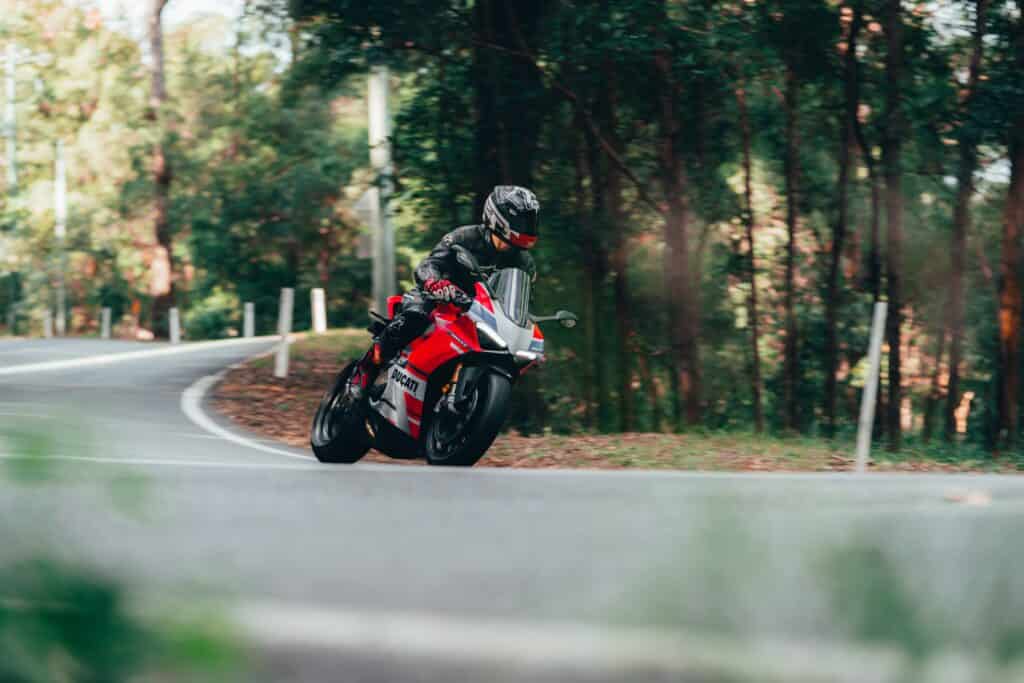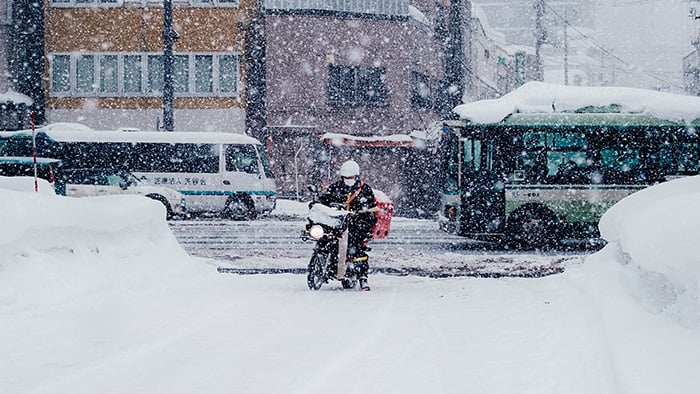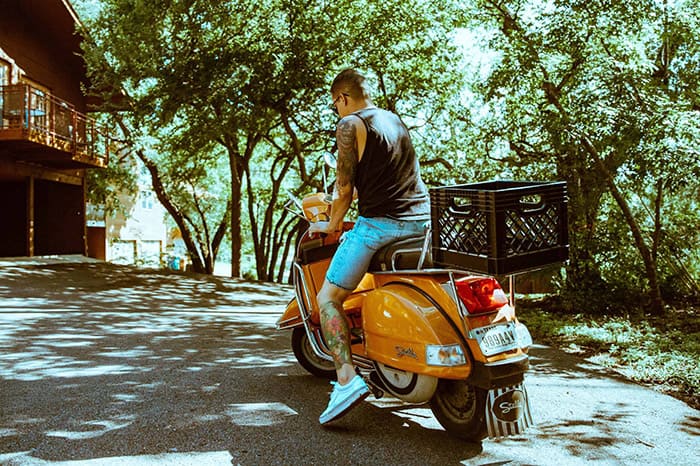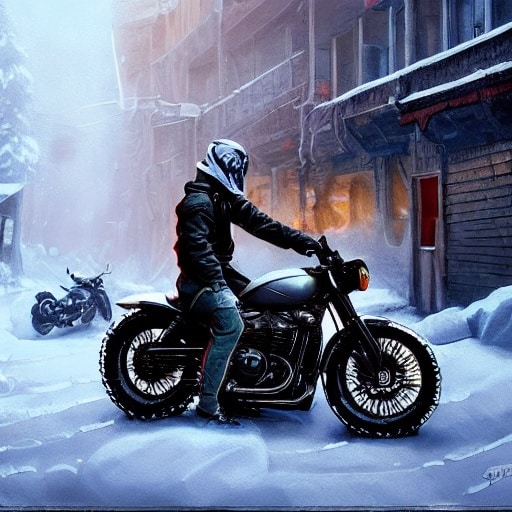Cruising in Bliss: How to Keep Sore Bums at Bay!
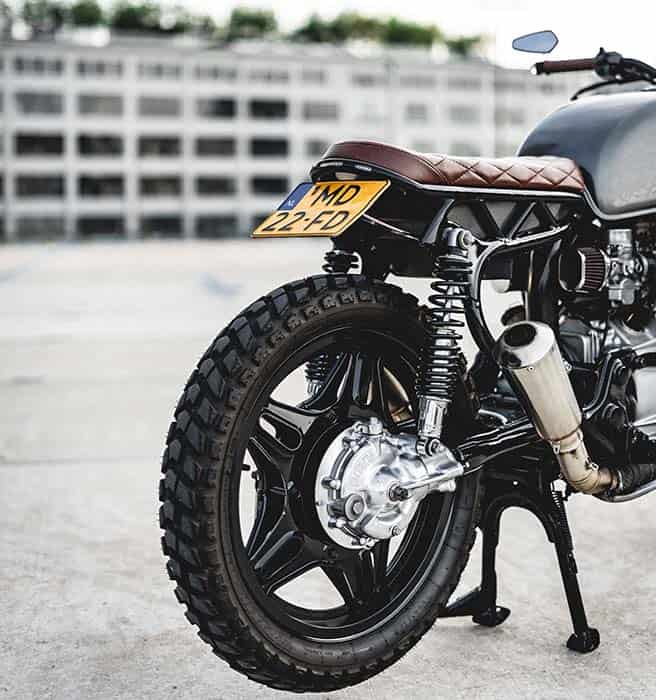
Bikers across the globe share a common plight, the discomfort and pain experienced during long rides. We’ve all felt it, the stiffness, the cramps, the relentless ache. This guide aims to provide you with a plethora of strategies to help prevent, delay, or alleviate these issues, allowing you to find the joy in your journey once again.
The Major Causes of Sore Bum in Motorcycle Riders
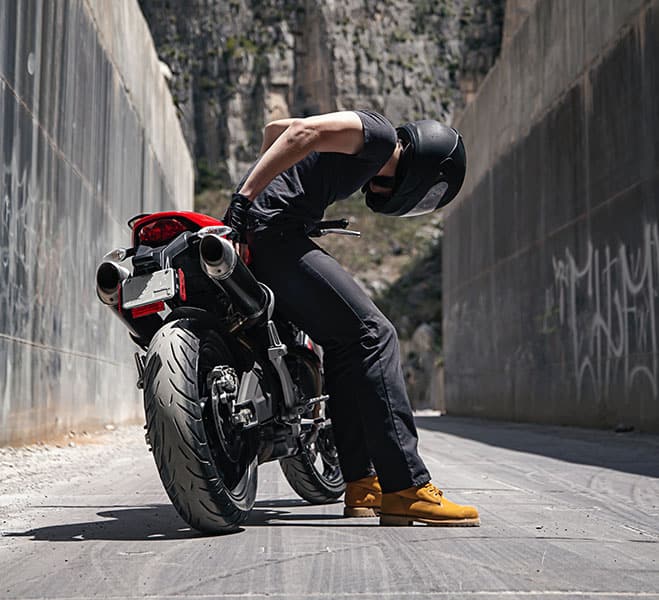
There are several factors that contribute to a sore bum in motorcycle riders. First and foremost is the duration of the ride. The longer you sit on the saddle without a break, the more likely you are to experience discomfort. It’s not just the duration, but also the frequency of your rides that matter. If you’re a daily commuter or a weekend warrior, you’re more susceptible to this problem.
Secondly, the type of your motorcycle seat plays a crucial role. A poorly designed or worn-out seat can cause unnecessary pressure on your posterior, leading to discomfort. The material of the seat is also a factor. Some materials don’t provide enough cushioning, while others don’t breathe well, causing sweat accumulation and further adding to the discomfort.
Lastly, your riding posture can also contribute to a sore bum. If you’re constantly leaning forward or sitting in an awkward position, you’re likely to experience discomfort. This is especially true for sport bike riders, who tend to lean forward more than cruiser riders. Following is a list of causes of saddle soreness, or a sore bum, in motorcycle riders include:
- Pressure and vibration: Sitting for prolonged periods on a motorcycle seat can put significant pressure on the buttocks, leading to numbness or soreness. Additionally, vibrations from the engine can contribute to discomfort.
- Poor posture: Slouching or incorrect riding posture can strain the muscles and lead to pain in the buttocks.
- Incorrect seat height: If the motorcycle seat is too high or too low, it can cause discomfort and soreness in the buttocks over time.
- Pinched nerves and bulging discs: These common conditions can exacerbate pain in the buttocks, particularly during long rides.
- Incorrect handlebar placement: If the handlebars are not correctly adjusted to the rider’s height, it can result in discomfort in various body parts, including the buttocks.
Practical Tips to Avoid Sore Bum
| Prevention Measures | Description |
|---|---|
| Good Posture | Maintaining good posture can help prevent pressure sores and discomfort on your buttocks. This involves ensuring your bike is adjusted to your body and riding style, and consciously maintaining an upright posture during your ride. |
| Padded Shorts | Wearing padded shorts can significantly reduce pressure on the buttocks, providing additional comfort during long rides. They can be worn under bike pants or jeans for added convenience and discretion. |
| Regular Breaks | Taking regular breaks during a long ride can alleviate pressure and prevent saddle sores. This is also a good time to stretch and relax your muscles to prevent cramping and other discomfort. |
| Comfortable Seat | A comfortable and well-fitted seat can make a big difference in preventing saddle sores. The right seat should support your sit bones, not your entire buttocks. Consider investing in a seat designed for comfort and long rides. |
| Talcum Powder | Using talcum powder can help decrease chafing by reducing moisture and friction. Apply it to your buttocks and inner thighs before your ride to help prevent saddle sores. |
| Tight-fitting Underwear | Tight-fitting underwear can prevent bunching up, which can cause friction and contribute to saddle sores. Choose underwear made of moisture-wicking fabric to keep the area dry and less prone to chafing. |
| Butt Buffer Products | Butt Buffer products are designed to provide added comfort during long rides. They are seat cushions made of polymer, providing superior weight distribution and reducing the discomfort caused by road vibration. |
Choosing the Right Motorcycle Seat

When it comes to avoiding a sore bum during your motorcycle rides, one of the most critical factors is your choice of seat. The motorcycle seat is your primary point of contact with the bike, and getting it right can make a world of difference in terms of comfort. Here’s what you need to consider. Your motorcycle seat isn’t just a functional component; it’s a crucial part of your riding experience. Think of it as the throne upon which you embark on your two-wheeled adventures. It plays a pivotal role in supporting your weight, absorbing shocks from the road, and keeping you comfortable for the long haul.
Different Types of Seats
- Stock Seats: Most motorcycles come with stock seats designed for average riders. While they may work for some, they might not provide the perfect fit for your body shape and riding style.
- Aftermarket Options: Aftermarket seats offer a wide range of choices for riders seeking enhanced comfort. These seats often feature better materials, ergonomic designs, and various size and shape options.
- Custom Seats: For the ultimate in personalization, consider custom seats tailored to your specifications. These seats are designed with your body in mind, providing unparalleled comfort.
Seat Size, Shape, and Material
- Size Matters: The size of your seat matters. It should support your entire buttocks and distribute your weight evenly. A seat that’s too small or too large can lead to discomfort.
- Shape Considerations: Different seats have different shapes, from flat and wide cruiser seats to narrower and contoured sportbike seats. Choose one that suits your riding style and body type.
- Materials: Seat materials can vary widely, from foam to gel to memory foam. Each material has its advantages and disadvantages. Gel seats, for example, offer excellent comfort but may retain heat in hot weather.
Importance of Comfortable Seating
Your seat is your primary point of contact with the bike, so it’s essential to combine seat selection with the right riding posture:
- Saddle Shape: Match your riding position to the shape of your saddle. A contoured seat may be more suitable for a sportbike, while a wider, flatter seat is often preferred on cruisers.
- Seat Height: Ensure that your feet can comfortably reach the ground when stopped. Tippy-toeing or struggling to reach the ground can lead to discomfort and instability.
- Leather Seats: Leather seats can be comfortable but may require a break-in period. Applying leather conditioner can help soften the leather and enhance comfort.
The Role of Seat Cushions and Pads
- Gel Seat Cushions: Gel seat cushions are designed to distribute your weight evenly, reducing pressure on specific areas. They are especially effective at relieving discomfort in the tailbone and sit bone region.
- Air Cushions: Air cushions can be adjusted to your preferred level of firmness, allowing you to tailor the seat’s comfort to your liking.
- Foam Inserts: Foam seat inserts, particularly memory foam, can contour to your body shape, providing personalized support and comfort.
Finding the right seat might require some trial and error, but it’s an investment that pays off in the long run. Consider test rides and seek recommendations from fellow riders or professionals to identify the perfect seat that suits your needs.
Proper Riding Gear: Enhancing Comfort in the Saddle
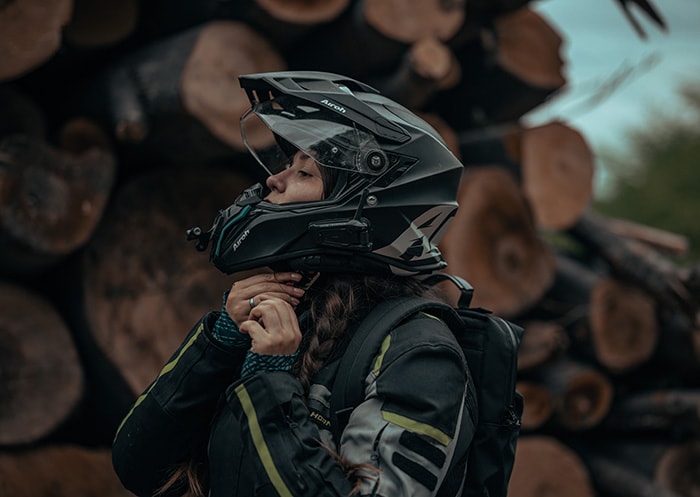
While the motorcycle seat is crucial for comfort, your riding gear plays an equally significant role in ensuring you enjoy a pain-free journey. Let’s delve into the ways in which the right gear can enhance your comfort while riding. Riding gear is more than just a fashion statement; it’s a functional necessity. Proper gear not only keeps you safe but also helps regulate your body temperature and reduces friction, which can lead to soreness. Here’s what to consider:
Padded Shorts and Pants
- Padded Shorts: These are a game-changer for long rides. Designed with strategically placed padding, they provide cushioning to the areas that bear the most pressure, like your sit bones. Look for high-quality, breathable materials that wick away moisture to keep you dry.
- Pants with Built-In Padding: Some riding pants come with integrated padding, offering both protection and comfort. These are an excellent choice if you prefer not to wear separate padded shorts.
Moisture-Wicking Fabrics
Riding can be sweaty work, especially during warm weather or intense rides. Moisture-wicking fabrics in your gear help keep you dry by pulling sweat away from your body. This not only prevents chafing but also adds to overall comfort during your ride.
Layering for Temperature Control
For year-round riding comfort, consider wearing multiple layers. This allows you to adjust your clothing according to the weather. In colder conditions, layering can help retain body heat, while in hot weather, you can shed layers to stay cool.
Proper Fit and Gear Maintenance
- Proper Fit: Ensure that your riding gear fits snugly but not too tight. Ill-fitting gear can cause discomfort and chafing. Consider professional fittings if needed.
- Maintenance: Regularly clean and maintain your riding gear, paying attention to padding and ventilation. Damaged or worn-out gear may lose its comfort and protective qualities.
Adjusting Your Riding Position: Finding the Sweet Spot
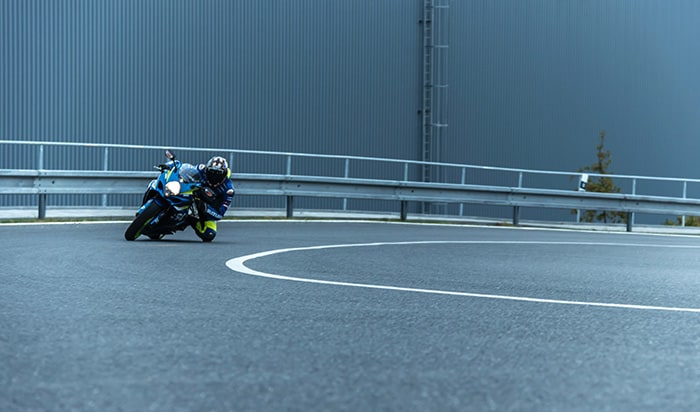
Properly adjusting your riding position can be a game-changer when it comes to avoiding a sore bum during motorcycle rides. It’s all about achieving an ergonomic posture that minimizes stress on your body. Here’s how to find that sweet spot:
Maintaining an Ergonomic Riding Position
- Handlebar and Footpeg Adjustments: Your bike may allow for some customization when it comes to handlebar and footpeg placement. Experiment with these adjustments to find a position that suits your body and riding style. A more upright or slightly leaned-forward posture can make a significant difference.
- Body Positioning: Pay attention to how you distribute your weight on the bike. Your feet should rest comfortably on the footpegs, and your hands should grip the handlebars with a relaxed, but not overly loose, grip. Use your core muscles to support your upper body rather than leaning heavily on your arms.
Body Movement
Don’t forget to move your body periodically during your ride to prevent stiffness and numbness. Shift your weight from side to side, stand up slightly on your footpegs, and stretch your legs whenever you can do so safely. Finding the perfect riding position can be a personal journey, as it depends on your bike, body type, and preferences. Take the time to experiment and make adjustments until you find the most comfortable setup for your long rides.
Frequent Breaks and Stretching: Revitalizing Your Ride

To avoid a sore bum during motorcycle rides, incorporating breaks and stretching into your riding routine is essential. These practices not only enhance comfort but also contribute to your overall well-being on long journeys. Here’s how to make the most of your stops:
The Importance of Taking Regular Breaks
- Combat Fatigue: Long hours in the saddle can lead to fatigue and discomfort. Frequent breaks help you stay alert and maintain your concentration.
- Circulation: Prolonged sitting can restrict blood flow to your lower extremities, potentially leading to numbness and discomfort. Breaks allow for improved circulation.
- Stretch and Relax: Breaks provide an opportunity to stretch your muscles, which can alleviate soreness and stiffness.
Effective Stretching Exercises for Riders
- Leg Stretches: Stand up and stretch your legs forward and backward. Flex and point your toes to stimulate blood flow.
- Torso Twists: While standing, twist your torso gently from side to side to relieve tension in your back and hips.
- Neck Rolls: Gently roll your neck in a circular motion to ease tension in your neck and shoulders.
- Deep Breathing: Take a few moments to practice deep breathing exercises to relax and clear your mind.
Hydration and Nutrition
Staying hydrated and consuming nutritious snacks during breaks can significantly impact your comfort and stamina. Dehydration can lead to muscle cramps, so be sure to drink plenty of water. High-protein snacks like nuts or energy bars can help maintain your energy levels.
Plan Breaks Strategically
When planning your rides, incorporate breaks at scenic spots, rest areas, or places of interest. This not only improves your comfort but also enhances the overall experience of your ride.
Stay Flexible with Your Schedule
Remember that the goal is comfort and enjoyment, so don’t be too rigid with your riding schedule. Adjust your pace and break frequency according to your comfort level and the conditions on the road. By incorporating regular breaks, stretching exercises, and mindful hydration into your riding routine, you can alleviate discomfort and maintain peak performance on your motorcycle adventures.
Suspension and Bike Maintenance: Smooth Riding Ahead
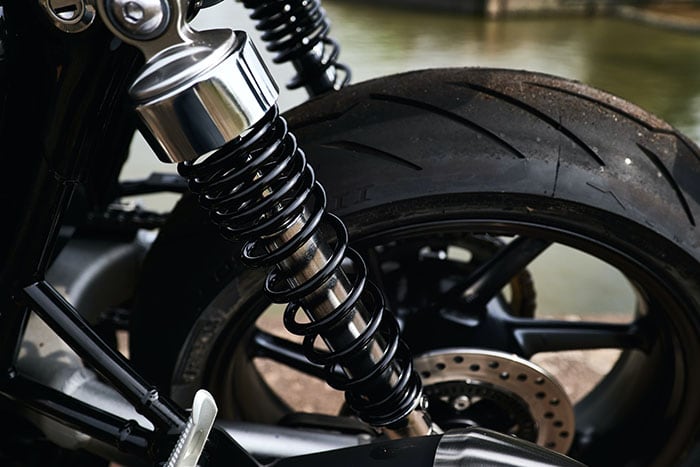
To maintain a comfortable and pain-free ride, it’s essential to pay attention to your motorcycle’s suspension and overall maintenance. Properly maintained components can make a significant difference in your riding experience. Let’s delve into how suspension and maintenance contribute to a more comfortable journey:
Suspension Setup for Comfort
- Spring Preload: Adjusting the spring preload on your motorcycle’s suspension can help tailor it to your weight and riding style. A well-balanced suspension absorbs bumps and road imperfections, reducing jolts to your body.
- Damping Adjustments: Fine-tuning your suspension’s damping settings, such as rebound and compression, can make a substantial difference in ride comfort. Experiment with these settings to find the ideal balance between comfort and performance.
- Seek Professional Help: If you’re unsure about suspension adjustments, consider consulting a professional motorcycle mechanic or suspension specialist. They can provide expert guidance and ensure your suspension is optimized for your needs.
Tire Pressure and Maintenance
Maintaining proper tire pressure is critical for both safety and comfort. Underinflated tires can lead to instability and discomfort, as they absorb less shock from the road. Follow your motorcycle manufacturer’s recommendations for tire pressure and check it regularly.
Lubrication and Chain Maintenance
A well-lubricated chain and properly maintained drivetrain reduce vibrations and enhance overall riding comfort. Regularly clean, lubricate, and tension your chain according to your motorcycle’s specifications.
Brake Maintenance
Efficient brakes contribute to a smoother ride. Ensure your brake pads, rotors, and brake fluid are in good condition. Brakes that are in top shape provide better control and reduce sudden stops that can lead to discomfort.
Regular Servicing
Scheduled maintenance, including oil changes, filter replacements, and inspections, is essential to keep your motorcycle running smoothly. Neglecting maintenance can lead to decreased performance and potential discomfort.
Balanced Wheels and Alignment
Proper wheel balance and alignment are crucial for a stable and comfortable ride. Unbalanced wheels can result in vibrations that contribute to rider fatigue and discomfort. By addressing suspension setup and maintaining your motorcycle regularly, you can significantly enhance your riding comfort. A well-maintained bike not only ensures a smoother ride but also increases safety on the road.
Long-Distance Riding Strategies: Conquering the Miles in Comfort

Long-distance motorcycle rides can be the ultimate test of comfort and endurance. To make those multi-day journeys more enjoyable and avoid a sore bum, you need to employ specific strategies. Let’s explore how to tackle the challenges of extended rides:
Planning Your Long-Distance Ride
- Route Selection: Plan your route carefully, considering road conditions, traffic, and scenic stops. Choose roads that offer a mix of riding experiences to prevent monotony.
- Rest Breaks: Plan for regular rest breaks, ideally every hour or two, to stretch, hydrate, and rest your body. Use these breaks to evaluate your comfort and make any necessary adjustments.
Avoid Extended Periods of Sitting
- Alternate Seating Positions: Change your seating position periodically to shift the pressure points on your bum. Sit further back, sit upright, or slightly lean forward to distribute the load differently.
- Stand Up: On bikes with footpegs suitable for standing, use this position to stretch your legs and relieve pressure on your seat. This is especially useful when riding off-road or on uneven terrain.
Comfortable Riding Apparel
- Layer Clothing: Wear clothing that you can easily add or remove layers from to adapt to changing weather conditions. Being too hot or too cold can lead to discomfort.
- Wear Sun Protection: If riding in sunny conditions, use sunscreen and consider clothing with built-in UV protection to avoid sunburn.
Managing Discomfort During Multi-Day Trips
- Camping Gear: If you’re camping during your long trip, invest in quality sleeping gear like an air mattress or pad to ensure a good night’s rest.
- Stretching Routine: Develop a stretching routine that you can perform at the end of each riding day to relax your muscles and maintain flexibility.
- Pain Management: Carry over-the-counter pain relievers like ibuprofen or acetaminophen as a precaution against discomfort. However, use them sparingly and consult with a healthcare professional if you require them frequently.
Hydration and Nutrition
Stay well-hydrated and maintain a balanced diet during your long rides. Dehydration and poor nutrition can exacerbate discomfort and fatigue.
Mental Preparedness
Prepare mentally for the challenges of long-distance riding. A positive attitude and mental resilience can help you push through discomfort and stay focused on the journey.
Rider Fitness and Conditioning: Strengthening Your Ride
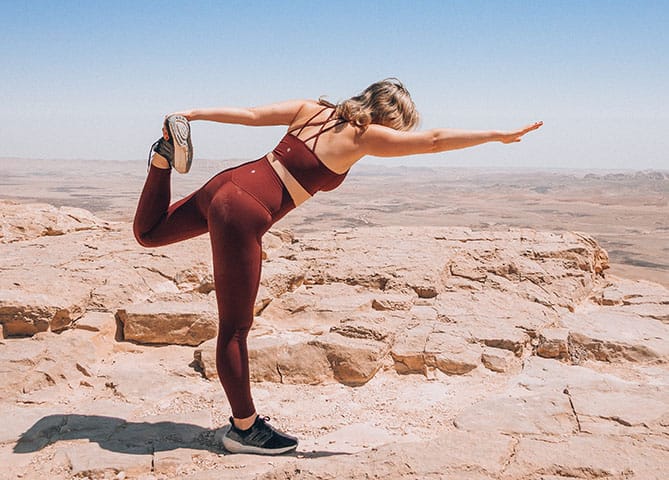
Ensuring your body is in top shape can have a profound impact on your comfort and endurance during motorcycle rides. Rider fitness and conditioning play a crucial role in reducing soreness and discomfort. Let’s delve into how you can strengthen your body for the road ahead:
The Significance of Physical Fitness
- Core Strength: A strong core is essential for maintaining an upright riding posture and reducing pressure on your bum. Incorporate exercises like planks and leg raises into your fitness routine.
- Flexibility: Flexibility is key to adapting to different riding positions and reducing muscle tension. Regular stretching exercises, such as yoga or Pilates, can help maintain flexibility.
- Endurance: Building endurance through cardiovascular exercises like cycling, running, or swimming can improve your overall stamina for long rides.
Exercises for Rider Fitness
- Squats: Squats strengthen your legs and core, providing better support while riding. These exercises also engage your glutes, which can alleviate pressure on your bum.
- Leg Raises: Leg raises target your lower abdominal muscles, helping to maintain a strong core for better posture.
- Yoga and Stretching: Yoga and stretching routines promote flexibility and relaxation, which can significantly reduce soreness.
Remember that rider fitness isn’t just about preventing sore bums; it’s about enhancing your overall safety, performance, and enjoyment on the road. By prioritizing your physical and mental well-being, you’ll be better equipped to tackle those long rides with confidence and comfort. As someone who’s passionate about motorcycles, you know that roads come with their fair share of bumps and hurdles. However, that’s no reason for your rides to turn into an ordeal. A painful ride can swiftly shift the thrill of the journey into an exhausting chore. Yet, with the right insights and methods, you can banish discomfort and return to the joy of the ride.
Remember that comfort and safety go hand in hand, so prioritize both as you embark on your motorcycle journeys. Motorcycle riding is not just a means of transportation; it’s a lifestyle, a passion, and an exhilarating experience. With the tips and techniques outlined in this guide, you’re well-equipped to hit the open road with confidence, knowing that you can tackle any distance in style and comfort.
- Tackling the Fear of Motorcycles: A Must-Read for Every Rider - April 25, 2024
- Motorcycle Lost All Electrical Power While Riding - December 10, 2023
- Motorcycle Safety Tips for New Riders - November 23, 2023

